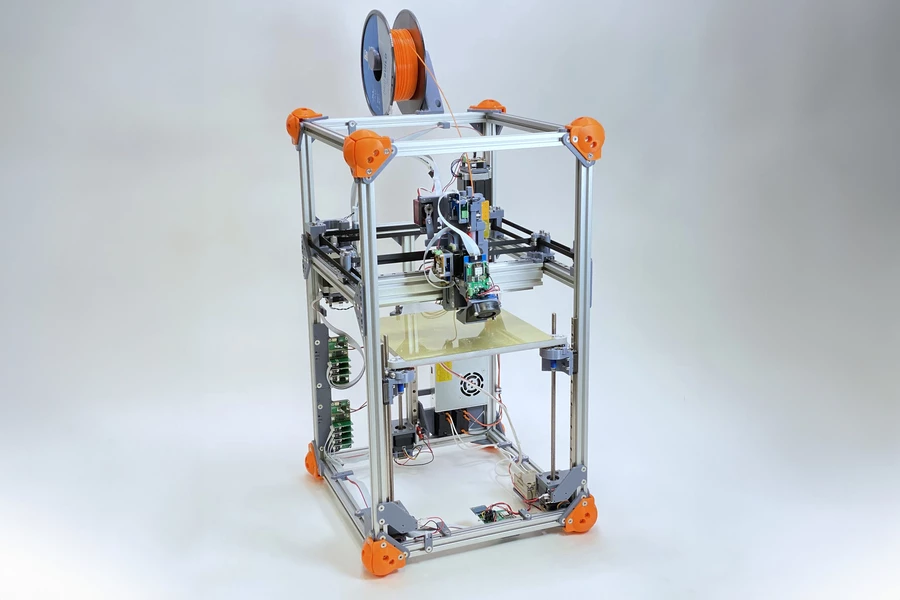A recently developed system could revolutionize the world of 3D printing, by streamlining the adoption of new print media. Such materials could include ones made from all-renewable ingredients, or that are more recyclable than current options.
Most 3D printers utilize a process known as fused filament fabrication (FFF). This involves heating a polymer filament to its melting point, then extruding it through a nozzle. Successive layers of the molten material are deposited one on top of the other, forming a single solid object as they cool and fuse together.
It's not quite that simple, however.
Depending on the formulation of the polymer, the filament will have to be heated to a specific temperature, placed under a certain amount of pressure, and extruded at a certain speed.
With these and other variables in mind, developers typically have to determine up to 100 parameters that must be followed by printers utilizing the material. All of this data then has to be entered into the software used to control those devices. Because manually doing so is such a hassle, most companies just stick to tried-and-true media instead of experimenting with alternatives.
In an effort to address that situation, scientists from MIT, the US National Institute of Standards and Technology, and Greece's National Center for Scientific Research developed the new system.
It utilizes a special 3D printer with an extruder that is equipped with a temperature sensor, a pressure-measuring load cell, and a feed rate sensor.

In a 20-minute test, the extruder's print nozzle is initially set at its highest temperature setting, with the material being extruded through it at a given flow rate. The heater is then turned off, and the material continues to be extruded at various pressures – and at various temperatures, as the nozzle cools.
This process is repeated at different flow rates, within the 20-minute period. At the end of the test, the system software is able to tell how the material is affected by specific temperatures, pressures and flow rates. That information can then be added to the files used by regular FFF 3D printers as they're printing objects out of the new material.

The technology has already been successfully tested on six different print media, and is described in a paper that was recently published in the journal Integrating Materials and Manufacturing Innovation.
"In this paper, we demonstrate a method that can take all these interesting materials that are bio-based and made from various sustainable sources and show that the printer can figure out by itself how to print those materials," says the senior author, MIT's Prof. Neil Gershenfeld. "The goal is to make 3D printing more sustainable."
Source: MIT




